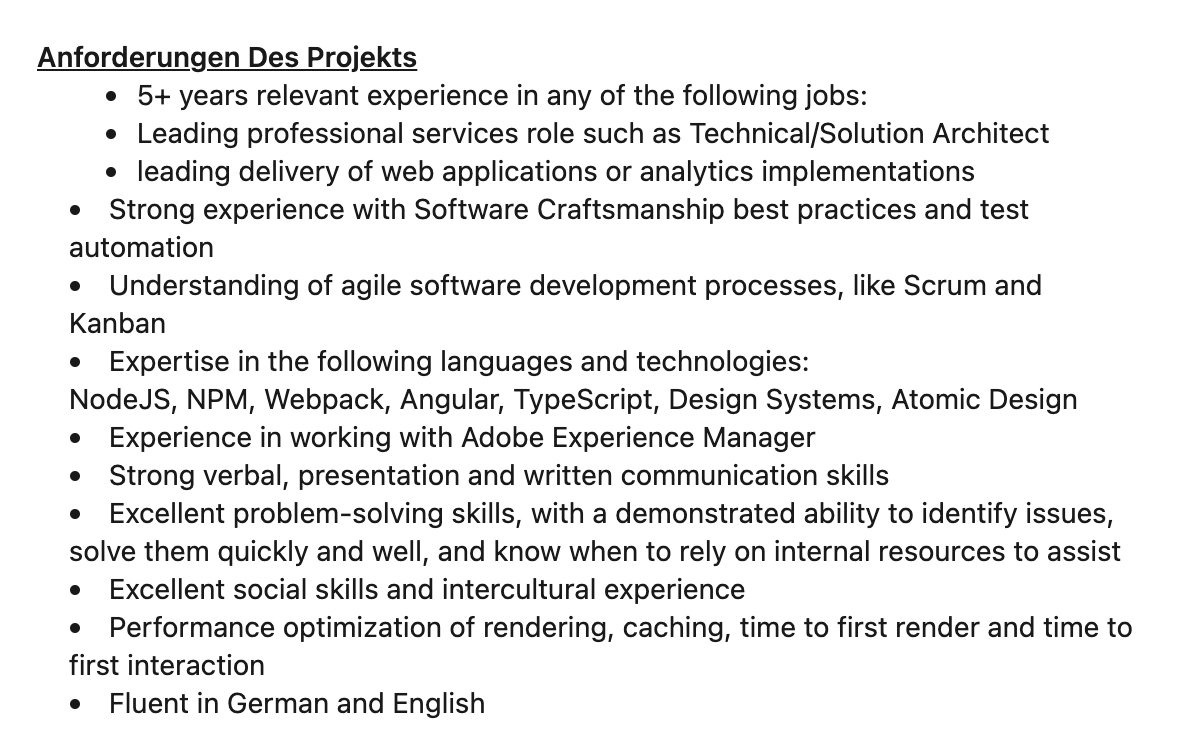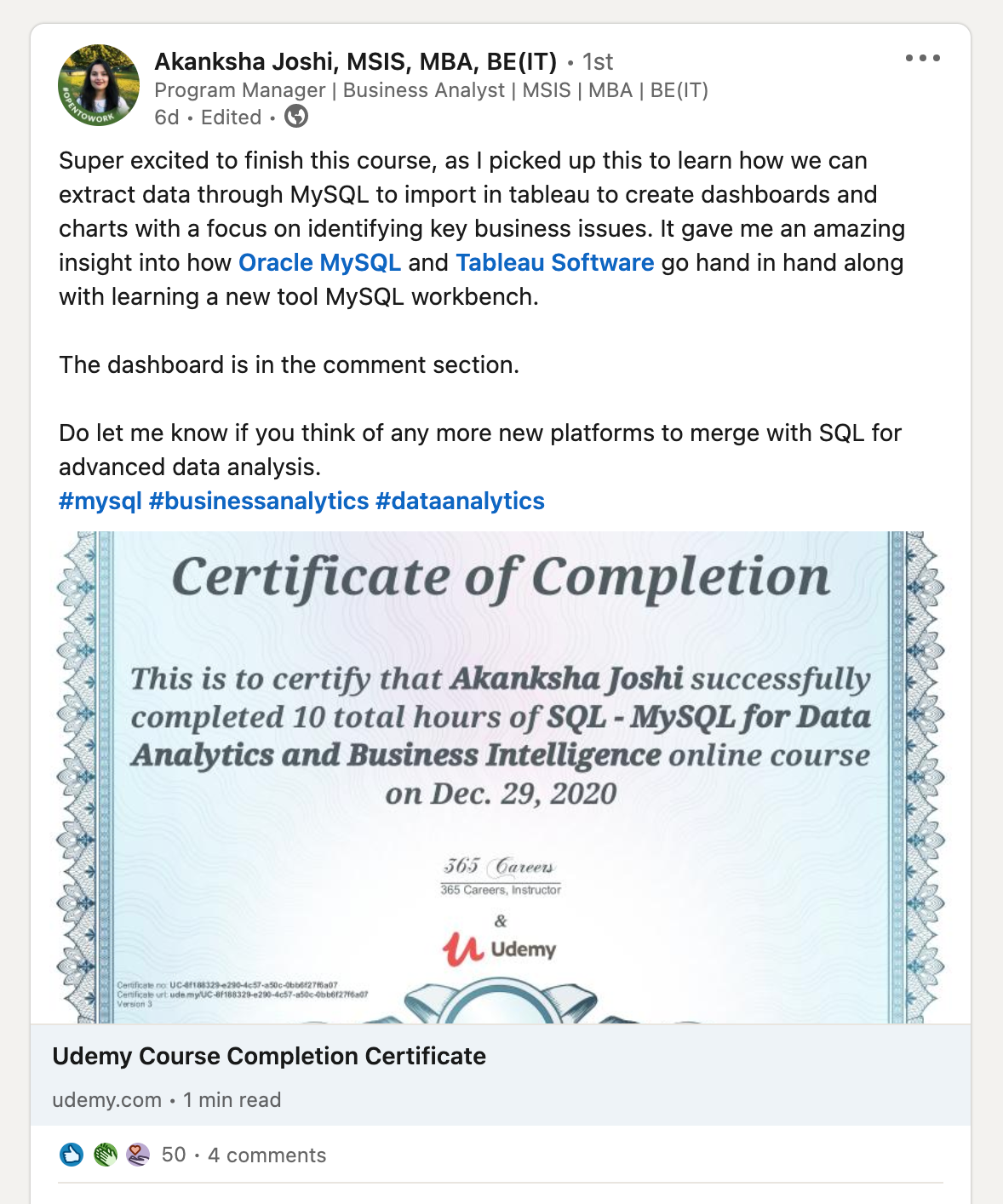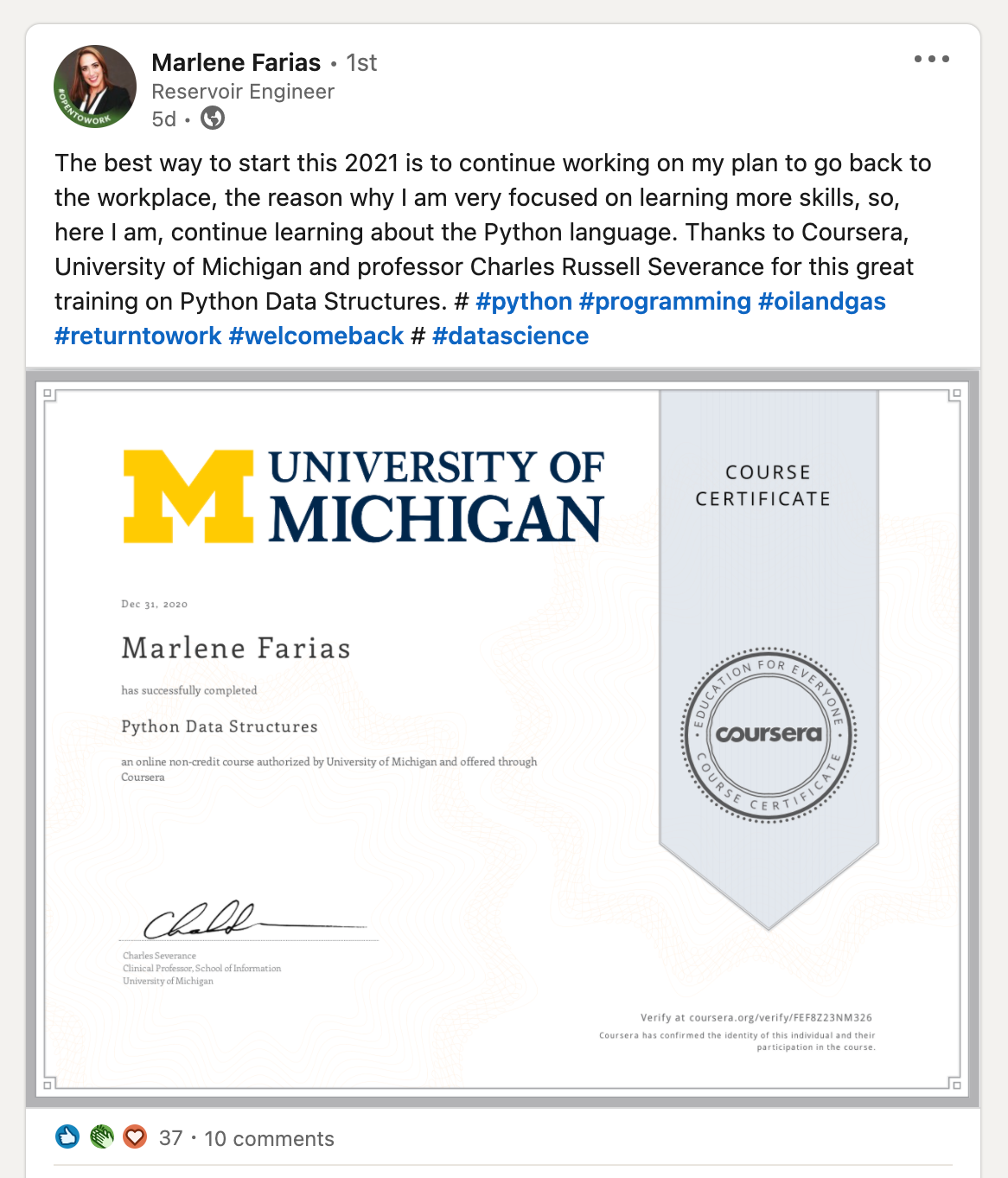5 Steps to Make Your LinkedIn Standout as a Web Developer
Introduction
LinkedIn is by far the largest professional network. As a Web Developer, you will want to build your identity and engage with the network accessing incredible opportunities.
For you
It doesn’t matter if you’re a Junior or Senior Web Developer, LinkedIn can make you get the dream job that you want. This post will help you to polish your profile and make it rock solid to stand out from the crowd.
Steps
The next five steps are the ones which I consider the simplest one to achieve with a high impact. There are many more out there, but these should get your profile in the next level very easily.
1st step: Connections
LinkedIn is about connecting professional people within a certain industry. Since we are focusing on the Web Developer perspective, there’s two main agents to take into account:
- Developers: these are our teammates, former colleagues, friends and acquaintances who are or were working as such.
- Recruiters: these are our job enablers who are looking for web developers all over the globe.
Developers with more connections will connect with more recruiters, therefore reaching more job opportunities.
ProTip
Make connections with everybody! Whether you know the peer or not isn’t relevant at the beginning. When I start my career, I must have known 5 people maximum. If I keep my network to 5 people, I’d have never grown. Keep. on. adding. relevant. people.
500+
LinkedIn hidden feature is the “500+” connections. After a user has 500 or more connections, you won’t see exactly how many but “500+”. Think of it as your milestone. Because once you hit this one, then it won’t matter whether you have 501 or 4321 connections, you will just have a bunch of connections making you even more relevant.
2nd step: Title
It must contain keywords referring to your area of expertise. Examples:
- Web Developer who loves and hate CSS
- Angular Developer
- NodeJS Engineer
You can try to combine a few if it applies to your profile. Examples:
- SQL expert & Java Developer
- React and NodeJS Engineer
Think which of your skills are the most important ones and try to see if it could be in the title.
For instance, by including angular on it will definitely narrow job searches.
Just think of what you are looking for and update it accordingly.
Sometimes you can update the title, wait one week and see if your profile has hit more or less job searches. Be creative and try out different combinations that fit the best for you.
3rd step: About
The key aspect of “about” is that it can increase the matches for a job search. The more info you provide in this field, the more job searches it will match. One way to find out what info to include is to make a search for a job that you’d love to take, read through all its responsibilities, and take the ones that are a perfect match with your background. Kind of reverse engineering that works all the time. Let me take one as example:

After selecting this job responsibilities, we can update the “about” like this:
I’m a Front End Engineer with many years leading the delivery of large Web Applications and with plenty of experience with Software Craftsmanship best practices and having a focus in testing automation…
You get the idea at this point: search jobs specific to you, grab key words, and suite them into nice and well constructed phrases.
4th step: Courses
There’s many online courses available out there, and many are free! In fact there are so many that I could not recommend a single one. They are mostly the same: quick and easy to complete. You should get a certificate at the end which you can submit to LinkedIn and share your achievement. To make it even more noticeable, make a post with the certificate on it. Your peers will like it and more people will see it, increasing your connections at the same time. To have a better idea of how does that work, following are two excellent posts.
Here’s Akanksha Joshi’s Udemy certificate:

LinkedIn post sharing the Certificate of Completion for the online course “SQL-MySQL for Data Analytics and Business Intelligence” from Udemy
Here’s Marlene Faria’s Coursera certificate:

LinkedIn post sharing the Course Certificate for the online course “Python Data Structures” from Coursera
Other certifications that are popular in the industry include AWS Certification and Scrum.org.
5th step: Skills
There are two ways to go here:
- Ask your pals to endorse your skills.
- Disable endorsement all together.
Choosing which way to go is up to you.
Either way, make sure to have a well-defined set of skills, and that they don’t repeat each other.
For instance, CSS could be one and the other one Cascade Style Sheet but both are the same thing so choose one.
Feedback 🙏
Thanks for made it so far! I’d appreciate you sharing it in a social network 🗣 and will welcome your feedback on Twitter.